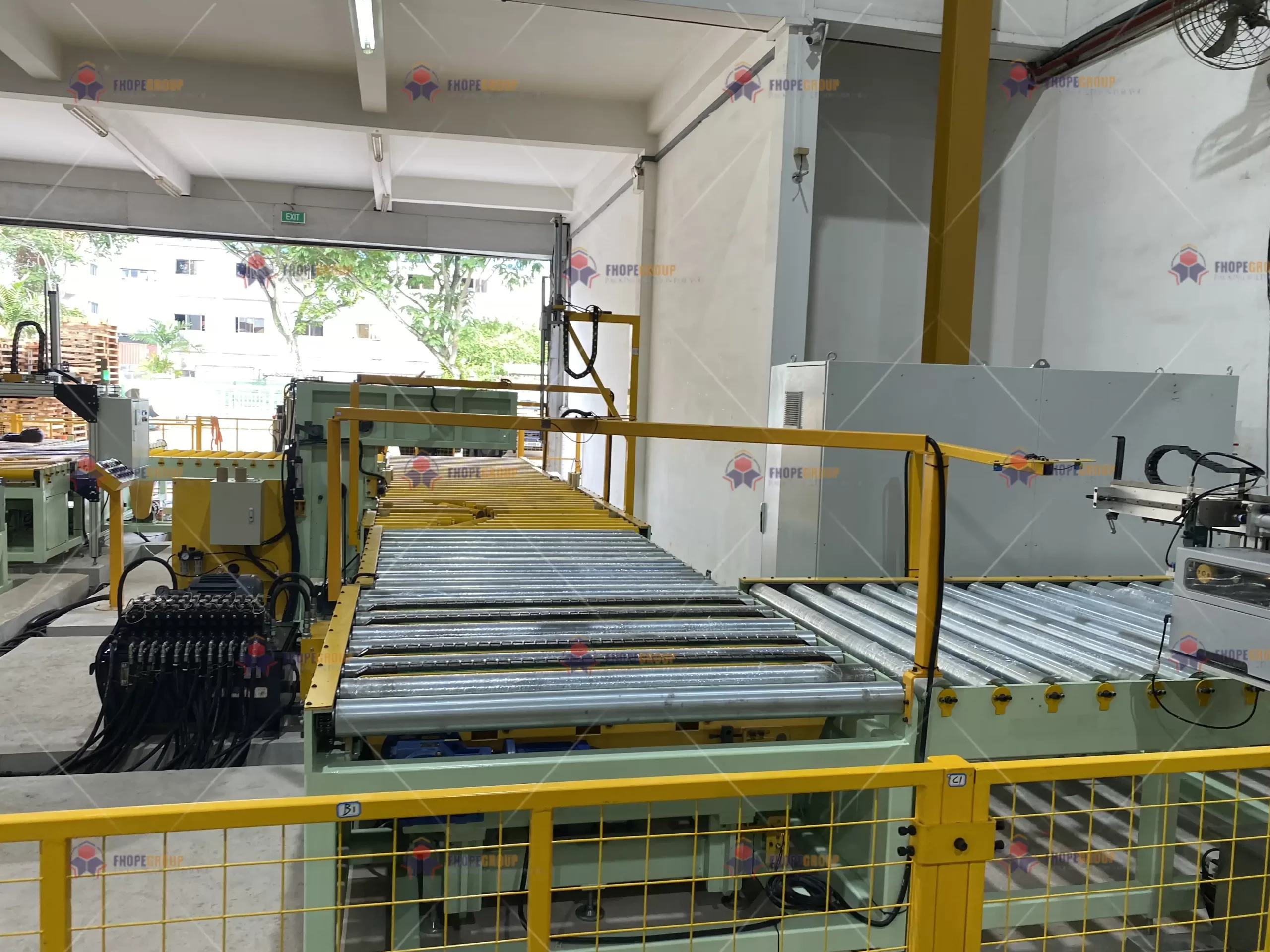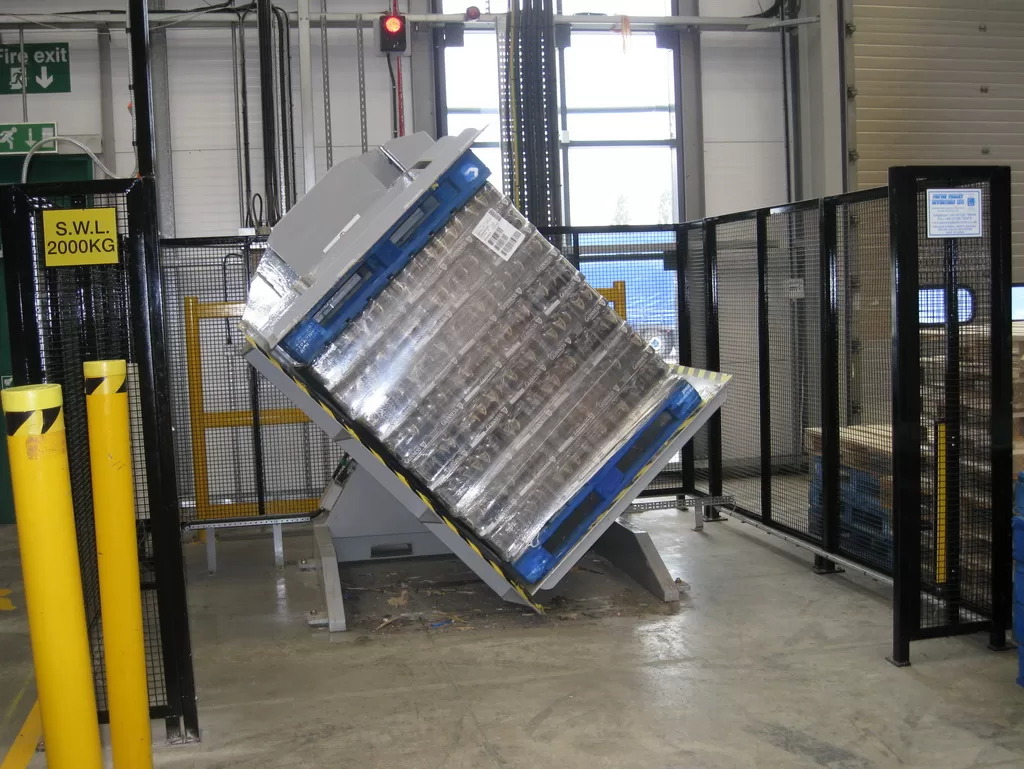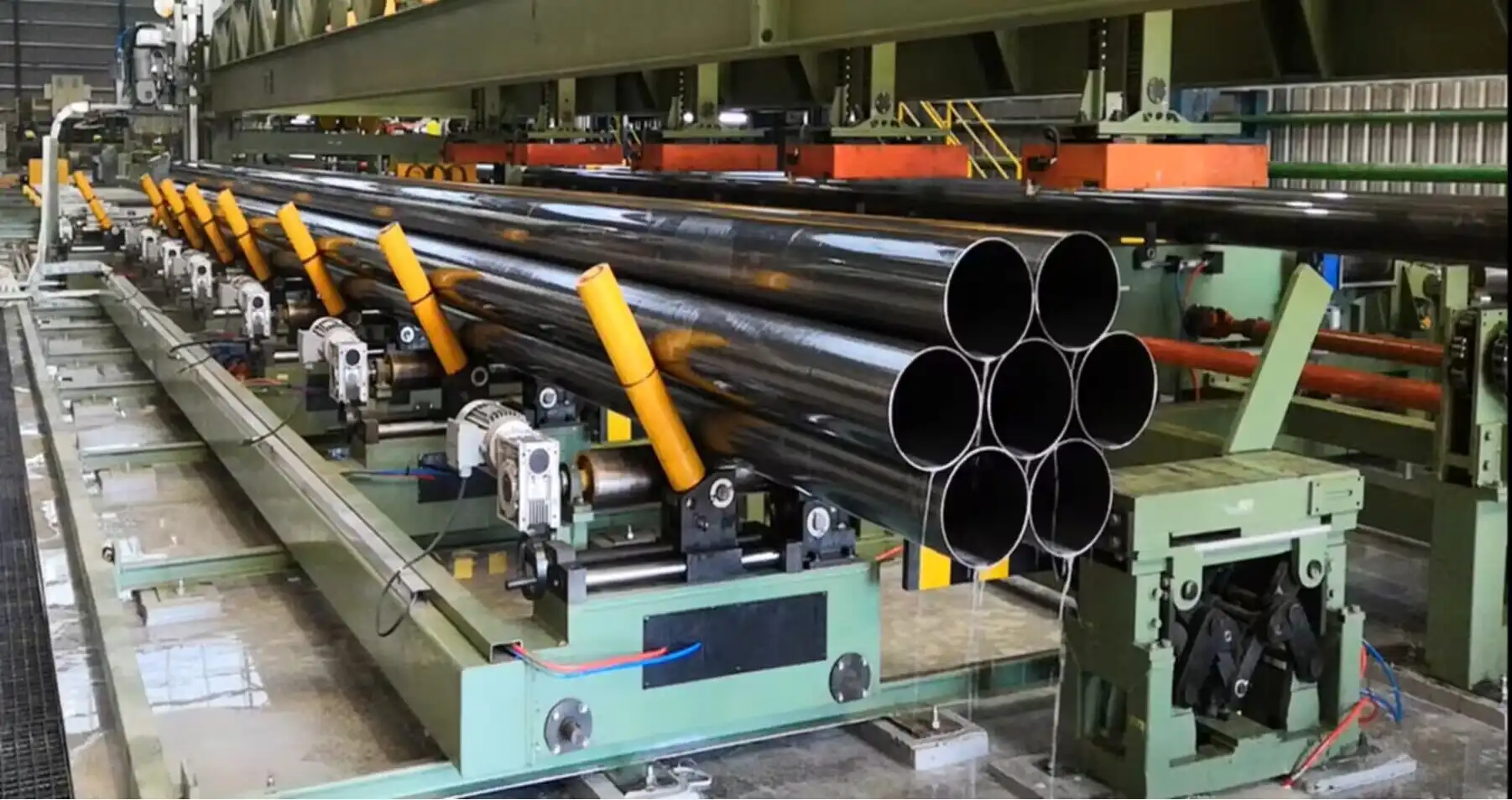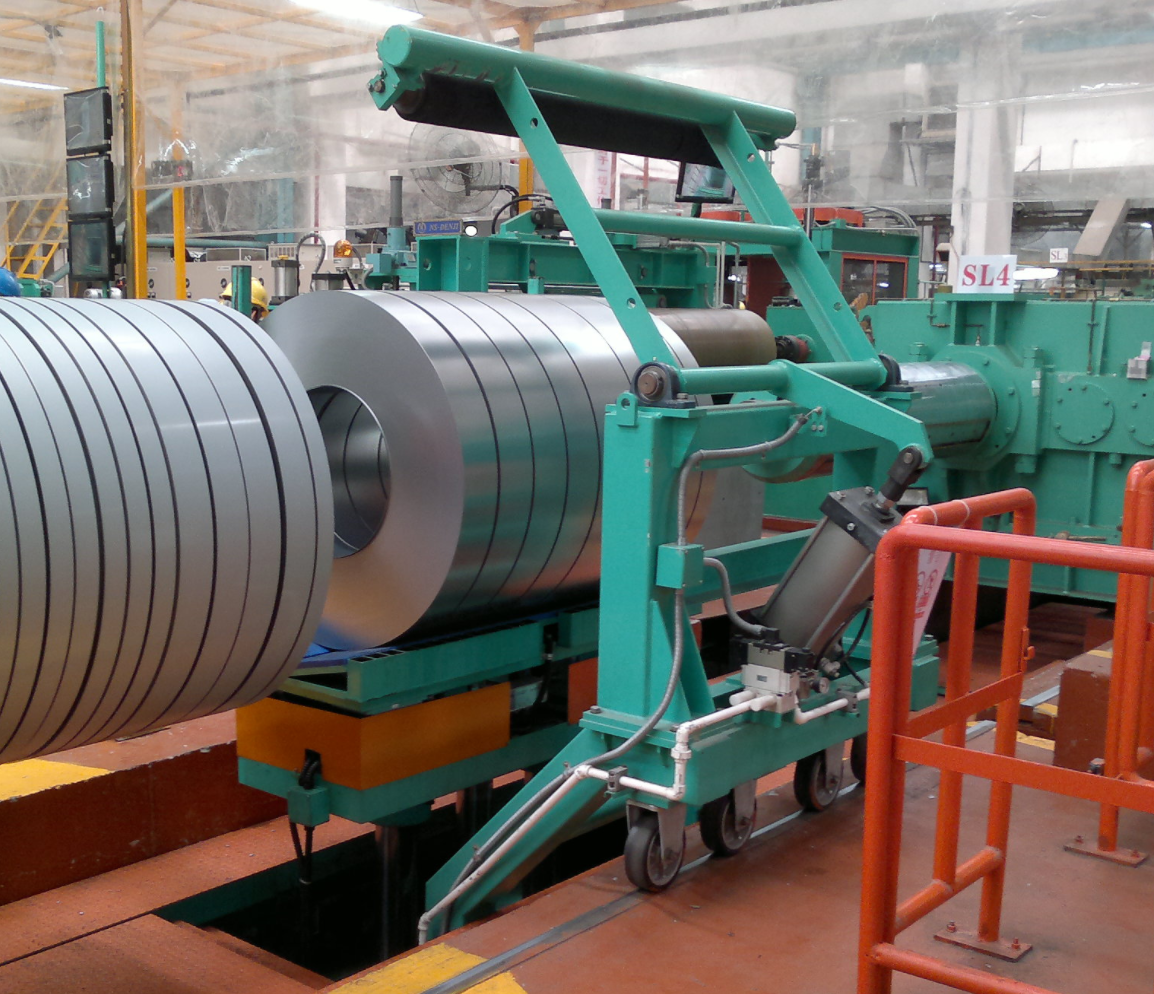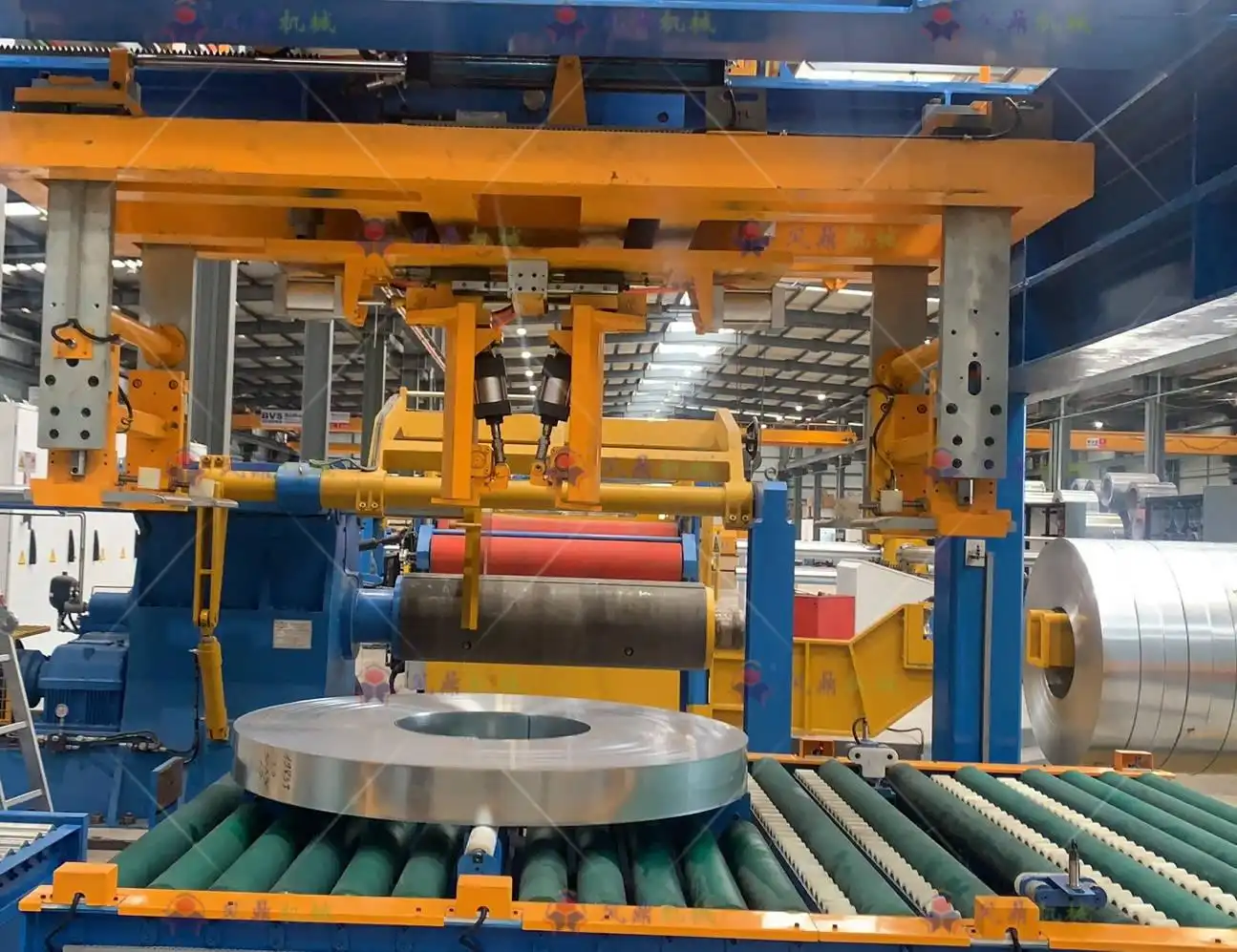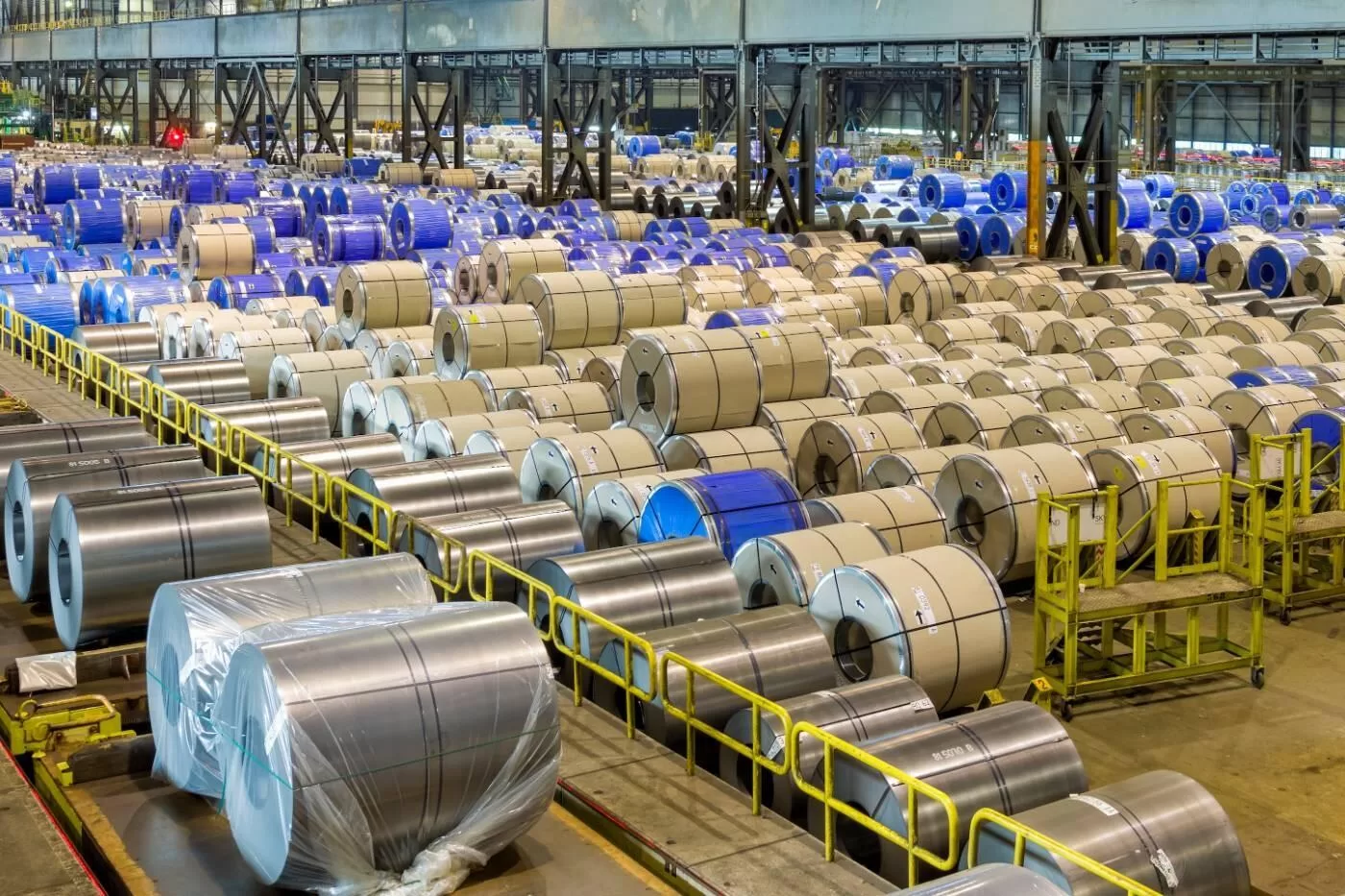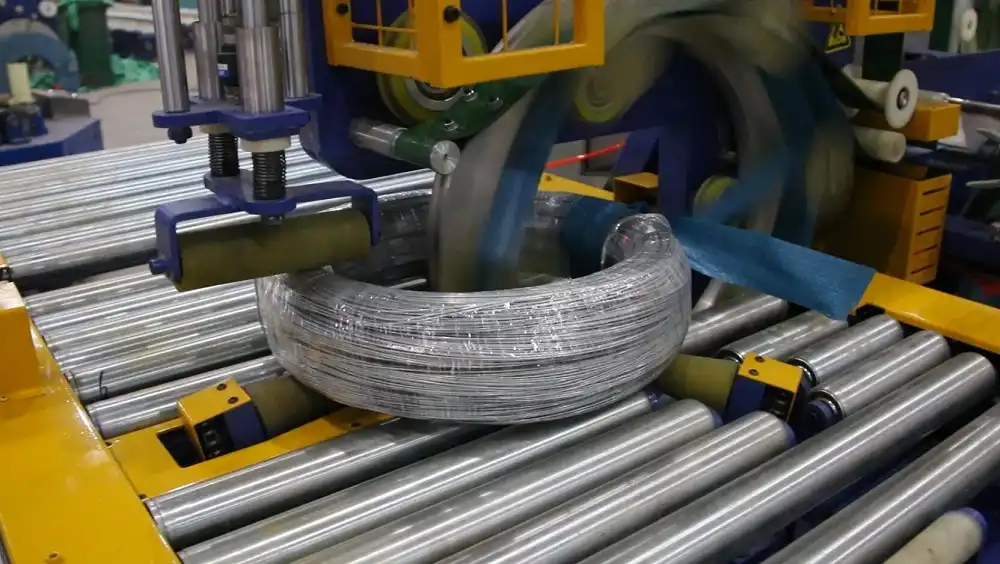How to Pack PVC Pipe Bundles into Bags: A Comprehensive Guide
Packing PVC pipe bundles into bags efficiently is crucial for storage, transportation, and protecting them from damage. This article provides a detailed guide on how to achieve this process effectively, focusing on automation and best practices.

The most efficient way to pack PVC pipe bundles into bags is using an automatic pipe bundling and bagging machine. These machines streamline the process by counting, aligning, bundling, strapping, and bagging the pipes with minimal human intervention, significantly increasing speed and reducing labor costs.
The following sections will delve into the specifics of automated pipe packing systems, exploring their components, features, technical parameters, and the advantages they offer over manual methods. Let’s dive into the world of efficient PVC pipe packaging.
1. Understanding Automatic PVC Pipe Bundling and Bagging Machines
These machines automate the entire process of preparing PVC pipes for shipment or storage. They count, feed, store, align, bundle, strap (often with film), bag, and convey the pipes out of the system, ready for the next stage of logistics.
Automatic PVC pipe bundling and bagging machines streamline the packing process by integrating multiple functions: pipe counting, aligning, bundling, strapping, and bagging into a single automated system. This significantly reduces labor costs, increases efficiency, and ensures consistent packaging quality compared to manual methods.
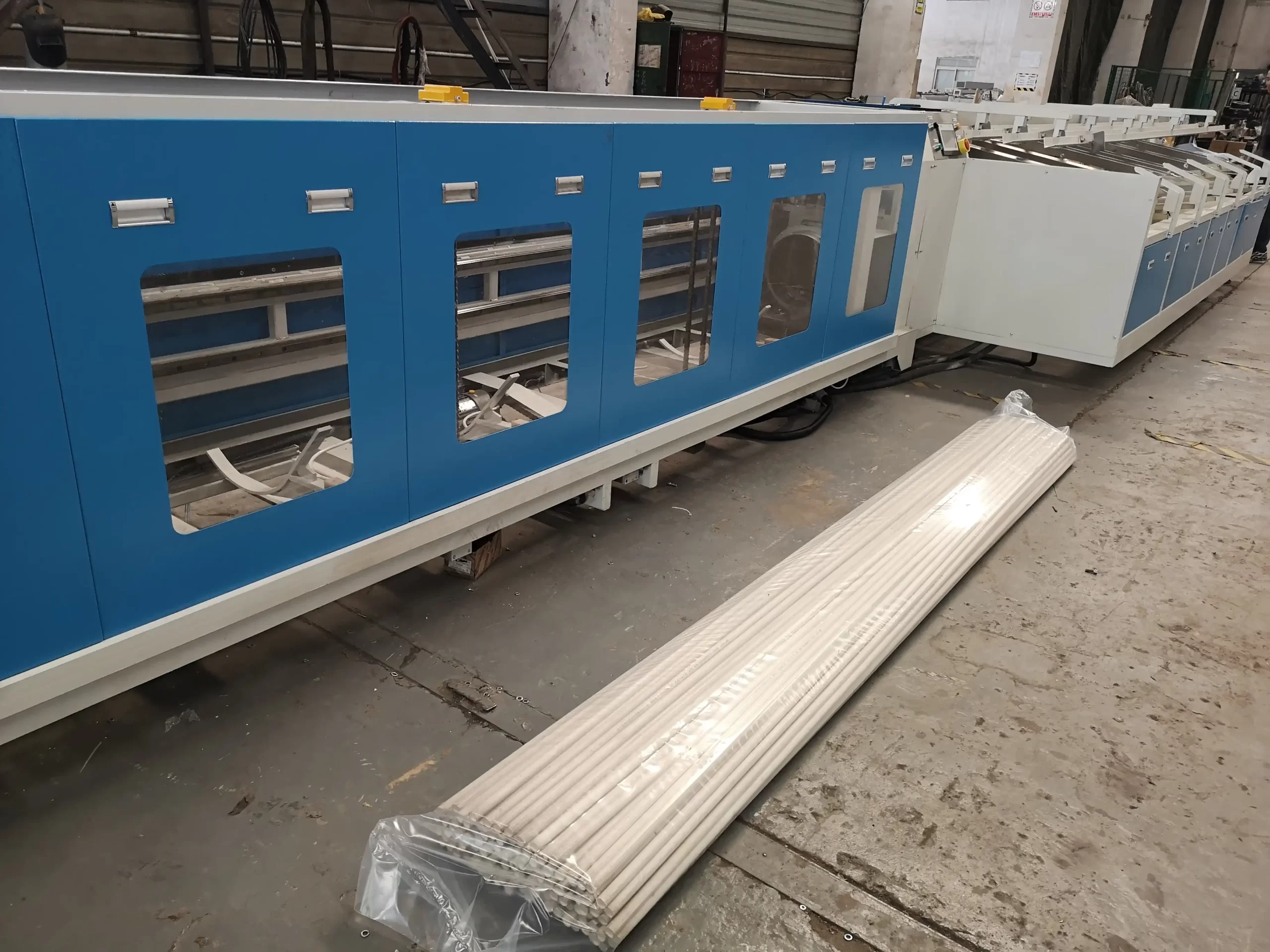
But why should you consider automation? Let’s explore the advantages and disadvantages in detail, with some data points to give you a better understanding.
The Case for Automation: Efficiency, Cost Savings, and Consistency
Automating the pipe bundling and bagging process brings benefits, but it also requires careful planning and investment.
Advantages of Automation:
- Increased Efficiency: Automated systems can significantly increase packing speed compared to manual labor.
- Reduced Labor Costs: Automation reduces the need for manual labor, leading to lower operational costs.
- Improved Consistency: Machines ensure uniform bundle sizes, strapping tension, and bag sealing, leading to fewer errors and higher customer satisfaction.
- Enhanced Safety: Automation reduces the risk of worker injury associated with repetitive manual tasks.
Disadvantages of Automation:
- High Initial Investment: Automated systems require a significant upfront investment.
- Maintenance Costs: Regular maintenance and repairs are necessary to keep the system running smoothly.
- Complexity: Operating and troubleshooting automated systems requires skilled technicians.
- Lack of flexibility: The machine is built for packing pipe, not suited for other products.
Data Comparison: Manual vs. Automatic Packing
| Feature | Manual Packing | Automatic Packing |
|---|---|---|
| Packing Speed | 5-10 bundles per hour | 40-50 bundles per hour |
| Labor Required | 2-3 workers | 1 worker (primarily for monitoring) |
| Consistency | Variable, depends on worker skill and fatigue | Consistent, precise bundle dimensions and strapping |
| Error Rate | Higher, due to human error | Lower, minimizing waste and rework |
| Material Waste | Higher, due to inconsistent strapping and bagging | Lower, optimizing material usage |
| Initial Cost | Low | High |
As the table illustrates, the benefits of automation outweigh the drawbacks for high-volume operations. While manual packing might seem more cost-effective initially, the long-term advantages of automation, such as increased efficiency, reduced labor costs, and improved consistency, make it a worthwhile investment for many businesses. Before purchasing, you should evaluate the numbers of your business to find the real pain point to solve.
2. Key Features and Technical Parameters of Pipe Bundling and Bagging Machines
Understanding the specifications of these machines is vital for selecting the right equipment for your needs.
Key features include PLC and HMI control for automated operation, adjustable parameters via an English control program, automatic pipe accumulation and alignment, and the ability to select manual or automatic working modes. Variable pipe counts per bundle, alarm indicators, optional bundle weighing systems, and automatic strapping with stretch film further enhance the machine’s functionality.
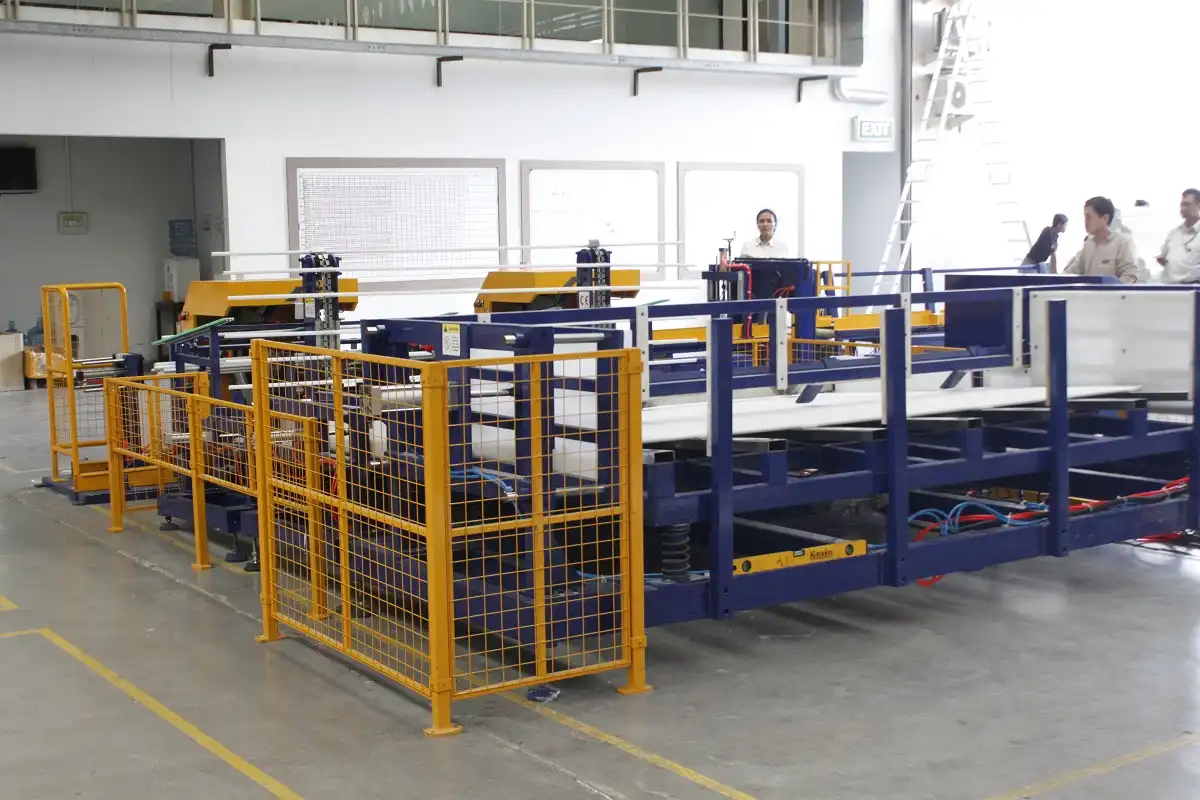
Diving into the technical details will help you evaluate whether a specific machine matches your product and throughput requirements.
Decoding the Specs: A Closer Look at Technical Parameters
Different manufacturers will offer various models with varying specifications. Here’s a breakdown of key technical parameters:
- Pipe Diameter: This defines the range of pipe diameters the machine can handle (e.g., Φ16mm-Φ60mm).
- Pipe No. per Bundle: This indicates the number of pipes the machine can bundle together (e.g., 10-50 pcs per bundle).
- Pipe Length: Specifies the acceptable pipe lengths (e.g., 1.5 – 6 meters).
- Bundle OD: The outer diameter of the finished bundle (e.g., 300mm per bundle).
- Conveying Speed: The speed at which the pipes move through the system (e.g., 20m/min).
- Strapping Material: The type of material used for strapping (e.g., stretch film).
- Film Roll Size: Dimensions of the stretch film roll used (e.g., Width: 90mm, OD: 100-180mm, ID: 50mm).
- Strapping Position: The number and placement of straps on each bundle (e.g., two or three straps).
- Packing Speed: The rate at which bundles are packed (e.g., 40-50 seconds per bundle).
- Power Supply: The required electrical input (e.g., 380V, 3Ph, 50/60Hz).
- Air Supply: The required compressed air pressure (e.g., 6bar).
- Bagging Size: The dimensions of the bags used for packing (e.g., OD 500mm).
Understanding these parameters helps you match the machine’s capabilities to your specific PVC pipe dimensions, desired bundle sizes, and production volume. For example, if you primarily handle pipes with a diameter of 75mm, you’ll need to look for a machine with a wider diameter range. It’s also crucial to examine the bagging machine to make sure it is suitable for your products. You should evaluate the bag type, packing material, and the bag dimensions. If you are packing for PVC pipe parts, you can also consider the [automatic bag packing for PVC pipe](https://www.fhopepack.com/Plastic-Pipe-Packing-Line/).
3. The Bagging Process: POF Film and Online Integration
The final step in the automated process is bagging the bundled pipes, typically using POF (Polyolefin) film.
Automatic bagging packing involves encasing the bundled pipes in POF film bags. These machines can be integrated directly into the pipe extrusion production line, offering a seamless, continuous packing solution. The bagging process typically takes 40-50 seconds per bundle.
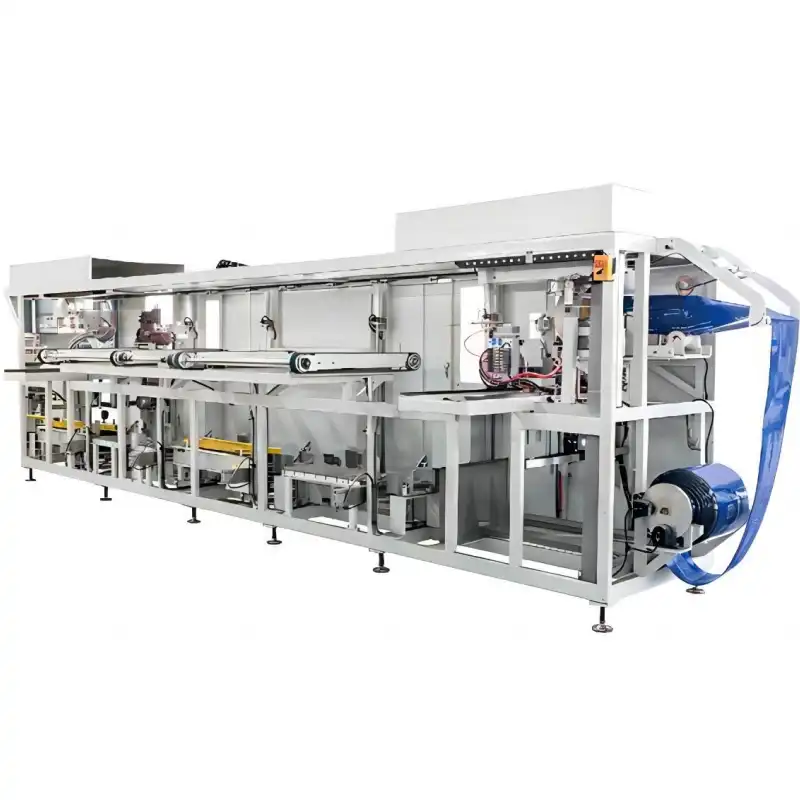
Let’s look at the benefits of POF film and the advantages of online integration.
POF Film: Strength, Clarity, and Protection
POF film is popular because of its qualities:
Benefits of POF Film:
- High Tensile Strength: POF film is durable and resistant to tearing, providing excellent protection during handling and transport.
- Excellent Clarity: POF film offers high transparency, allowing for easy visual inspection of the packaged pipes.
- Shrinkage: When heat is applied, the film shrinks tightly around the bundle, creating a secure and visually appealing package.
- Food-Grade Safety: POF film is food-grade safe, meaning it doesn’t contain harmful chemicals that could contaminate the pipes. This is particularly important if the pipes are used for potable water systems.
Online Integration: A Seamless Process
Integrating the bagging machine directly into the pipe extrusion line provides these advantages:
| Feature | Standalone Bagging | Online Integrated Bagging |
|---|---|---|
| Automation Level | Requires manual transfer of bundles to bagging station | Fully automated, continuous process |
| Labor Requirements | Higher, requires operators to load bundles | Lower, minimal operator intervention needed |
| Efficiency | Lower, due to manual handling | Higher, optimized for continuous production |
| Space Requirements | Larger, requires separate bagging station | Smaller, integrates directly into the production line |
| Potential Bottlenecks | Manual transfer can create bottlenecks | Eliminates manual transfer bottlenecks |
| Cost | Lower initial investment | Higher initial investment, but lower long-term operational costs |
Integrating the bagging process with pipe extrusion will reduce labor and increase production.
4. Optimizing Your Pipe Packing Line: Key Considerations
For high-volume PVC pipe manufacturers, automating the packing process offers clear advantages in terms of efficiency, cost savings, and product protection.
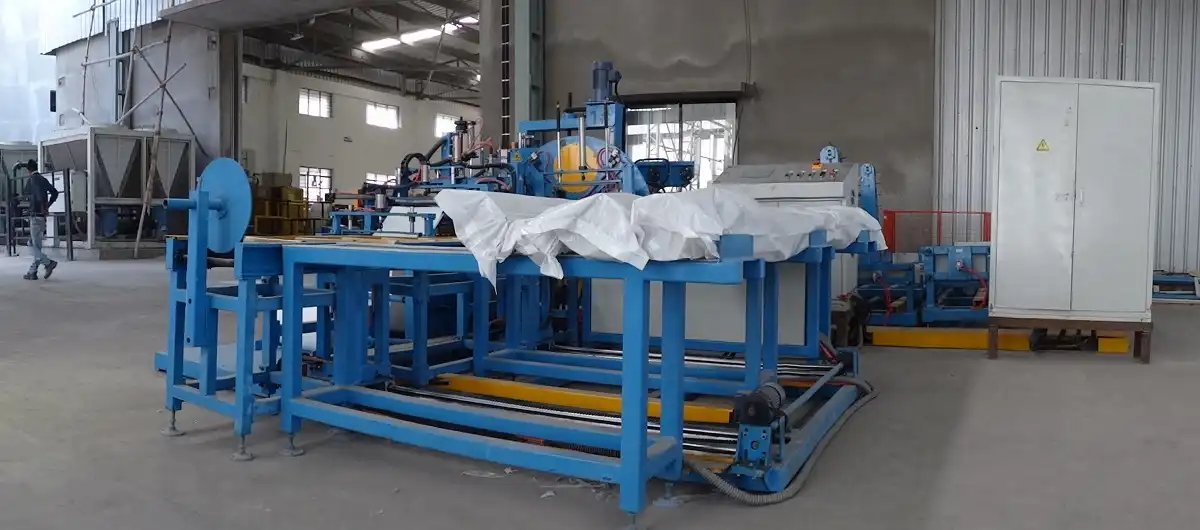
Choosing the right automatic pipe packing machine requires careful consideration of your specific needs and requirements. Factors such as pipe diameter, length, bundle size, packing speed, and integration with existing production lines play a crucial role in the selection process. Additionally, ensure that the machine is compatible with your chosen bagging material and offers the necessary level of automation and control.
When selecting a packing machine, consider the following factors:
- Pipe Dimensions: Ensure the machine can accommodate the range of pipe diameters and lengths you produce.
- Bundle Size: Determine the desired number of pipes per bundle and the machine’s capacity to handle that volume.
- Packing Speed: Evaluate the machine’s packing speed to ensure it meets your production demands.
- Automation Level: Choose a machine with the appropriate level of automation for your budget and operational capabilities.
- Bagging Material Compatibility: Verify that the machine is compatible with your preferred bagging material (e.g., POF film).
- Integration with Existing Lines: Consider how the machine will integrate with your existing pipe extrusion and handling systems.
By taking these factors into account, you can select an automatic pipe packing machine that optimizes your production process and meets your specific needs.
Conclusion
Investing in an automatic pipe bundling and bagging machine is a strategic move for PVC pipe manufacturers looking to streamline their operations and improve efficiency. By automating the packing process, companies can reduce labor costs, increase packing speed, improve consistency, and enhance worker safety. Ultimately, this leads to cost savings, improved customer satisfaction, and a stronger competitive advantage. Consider your requirements, make a comparison between different options, and chose the best to improve your business.


